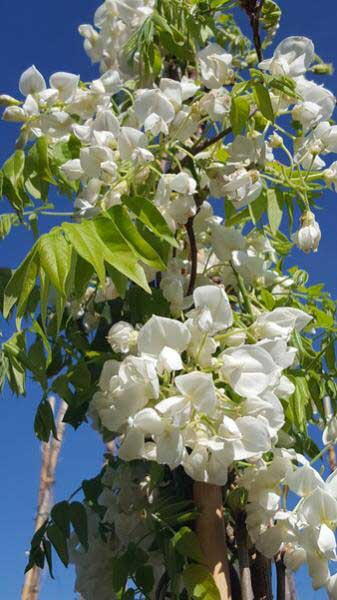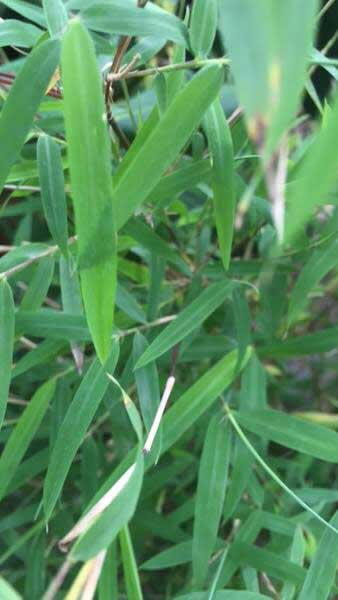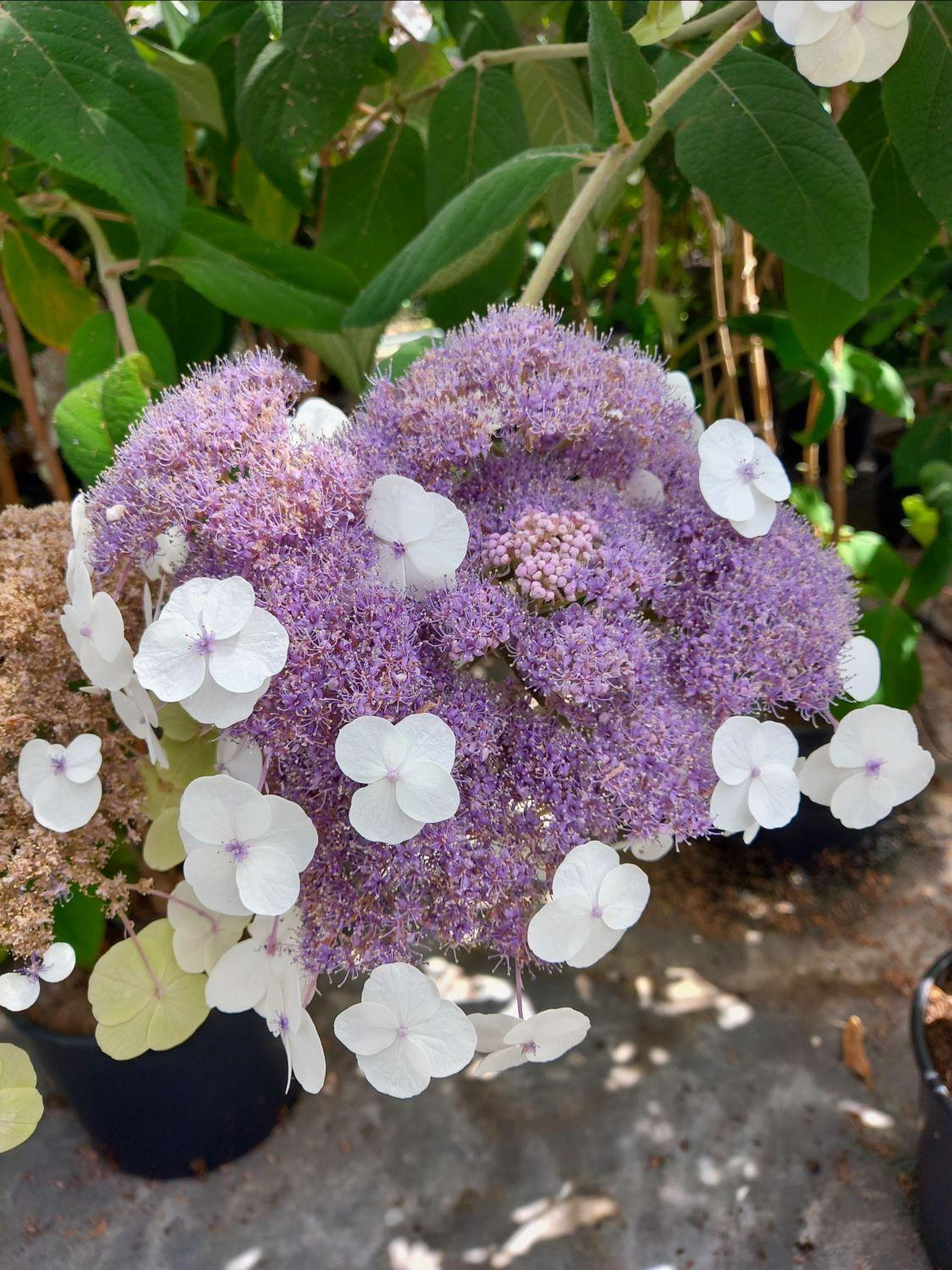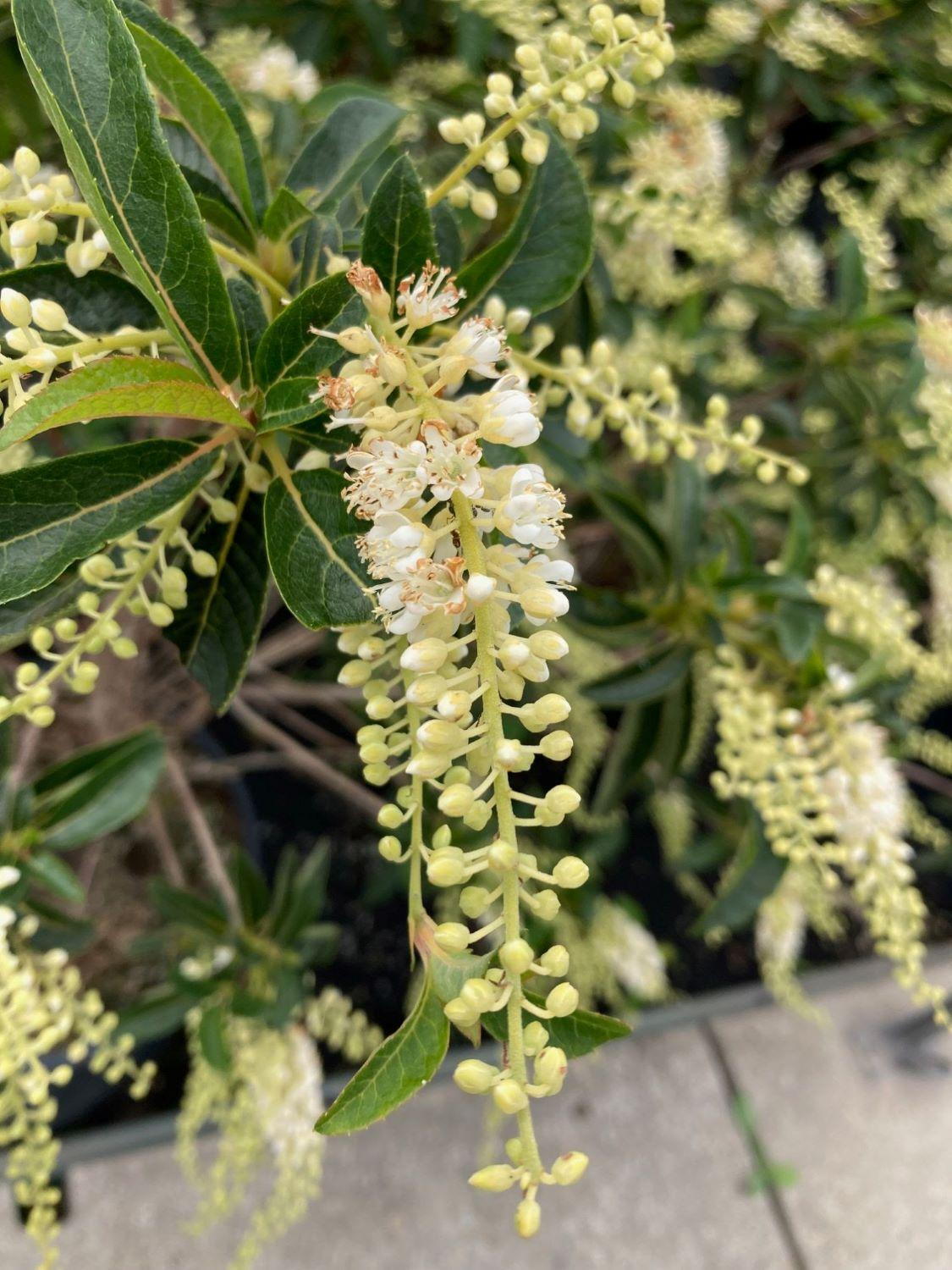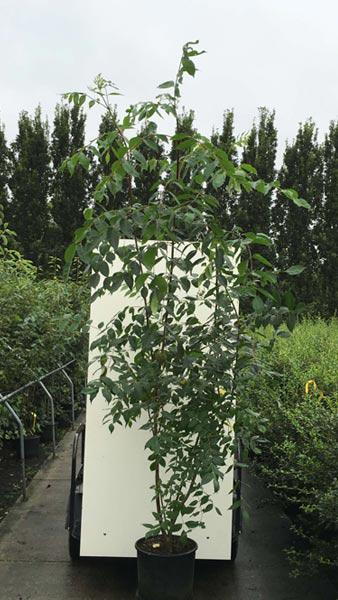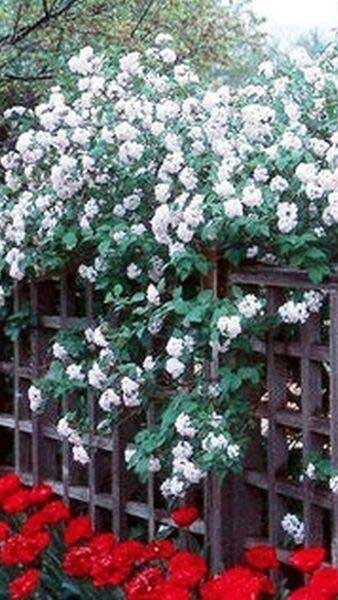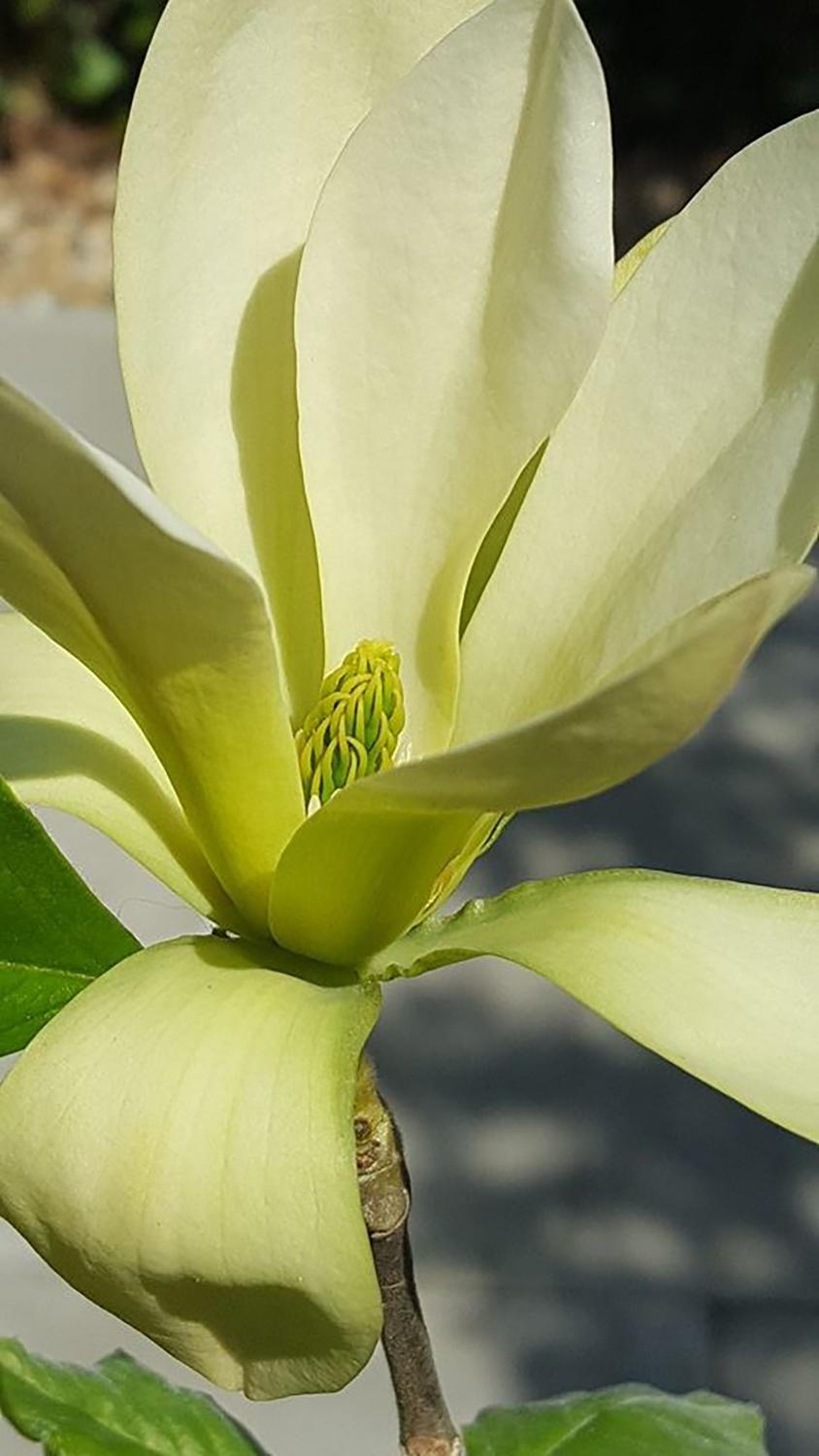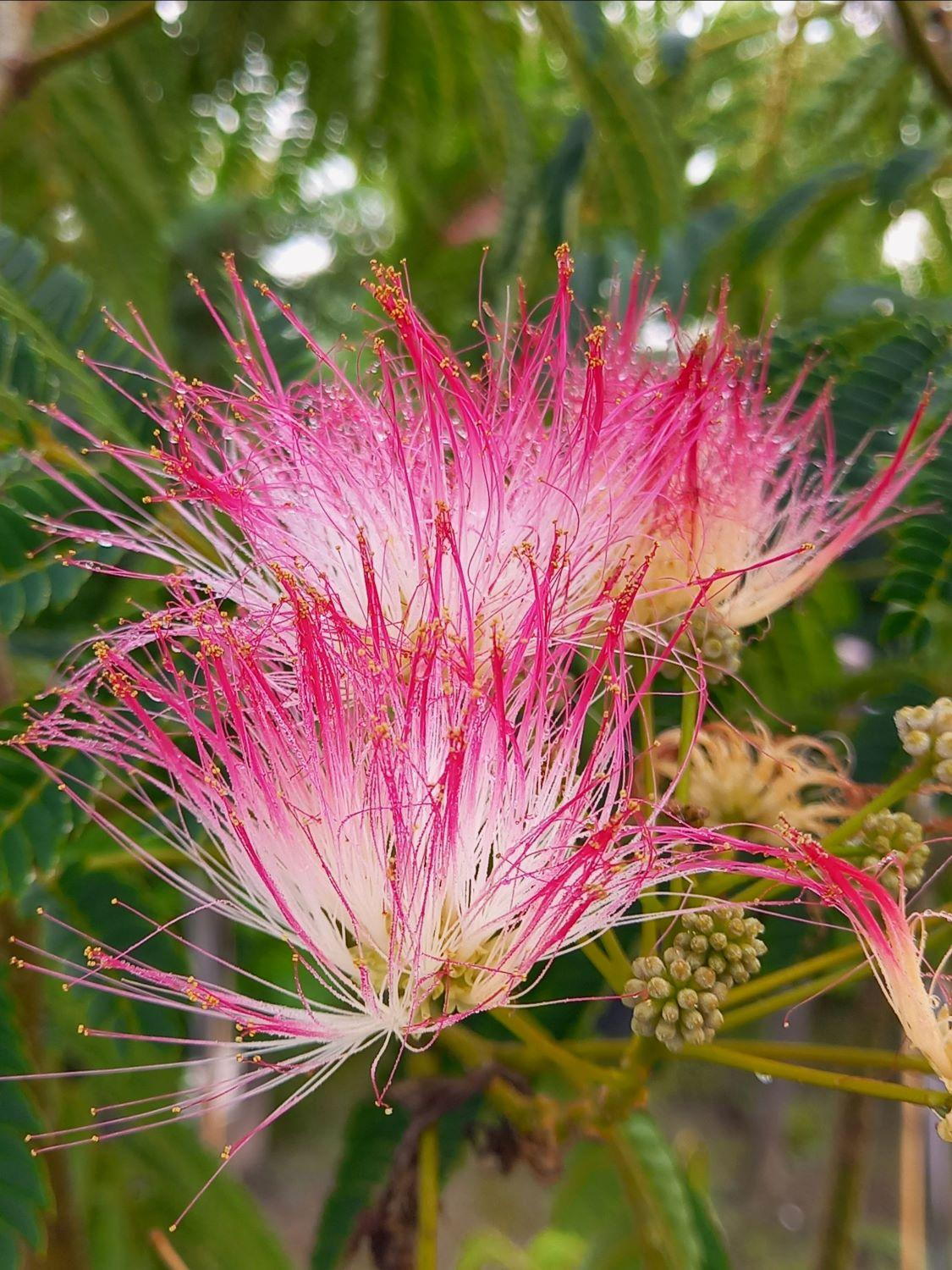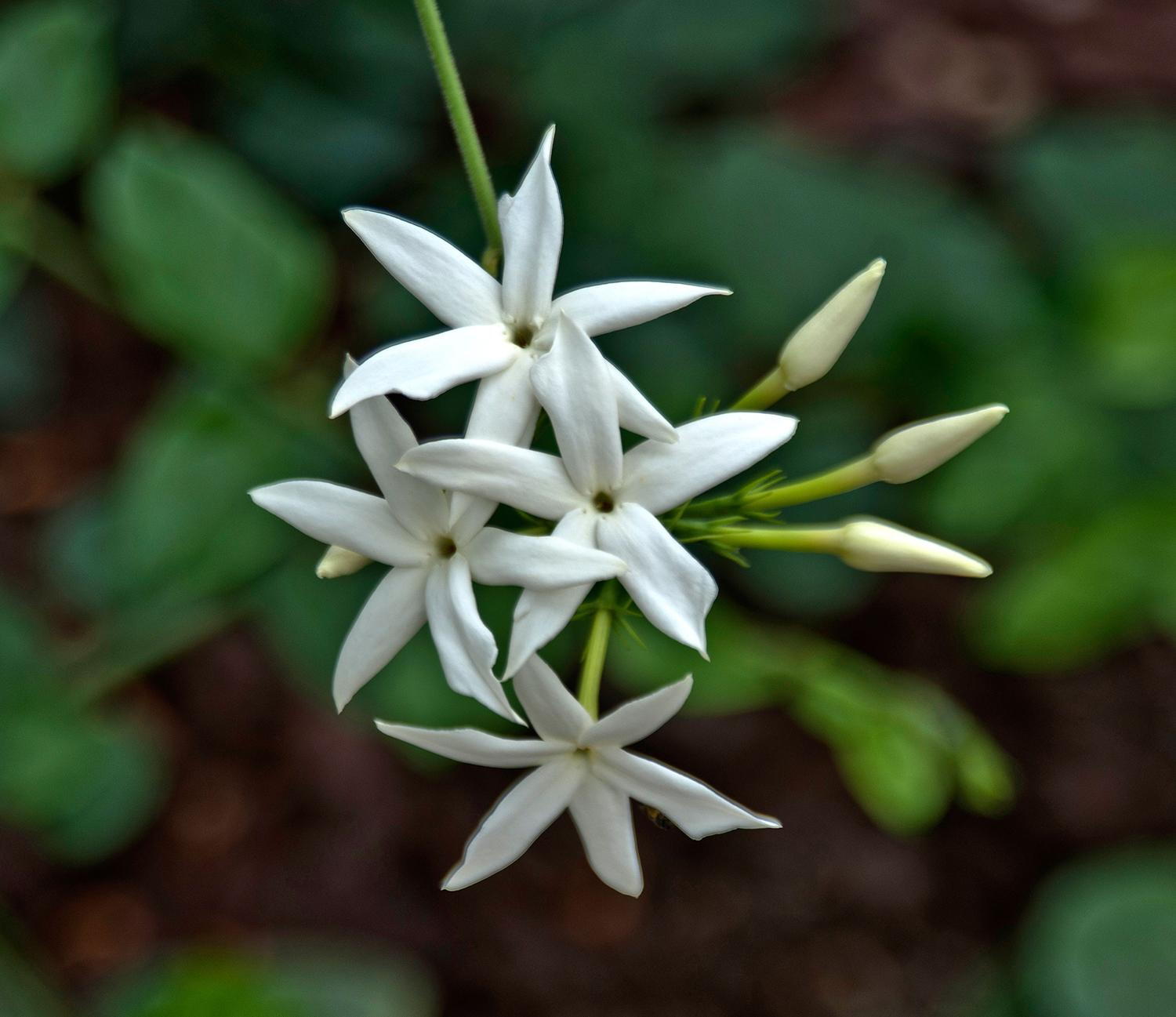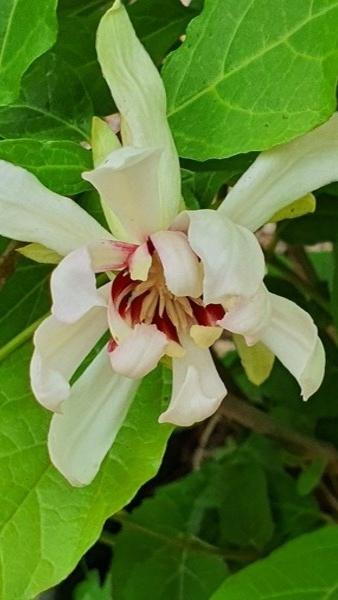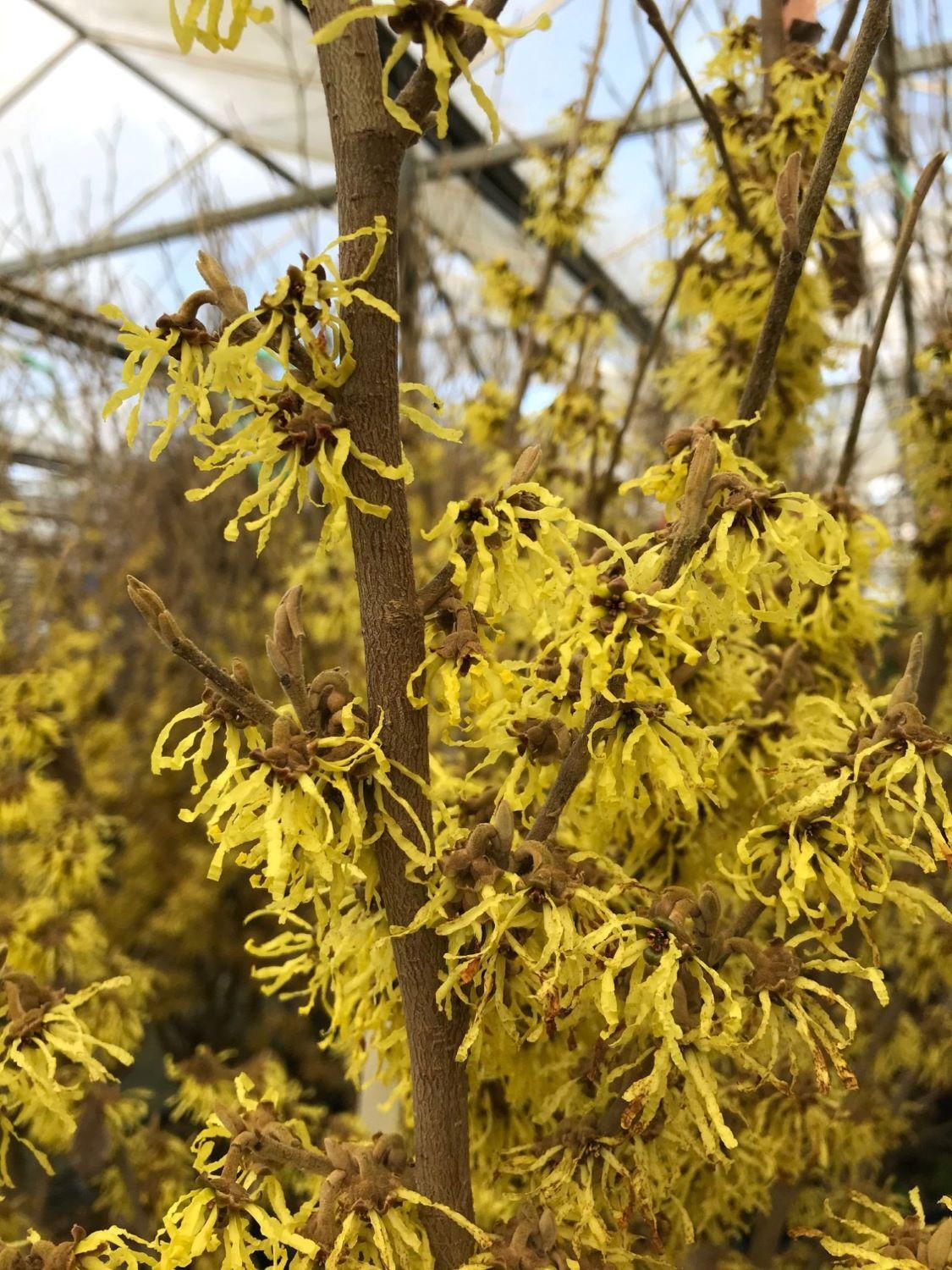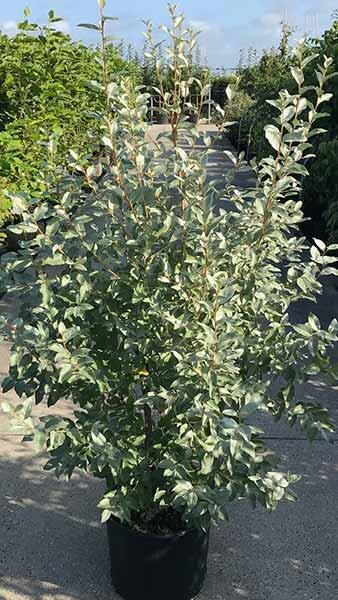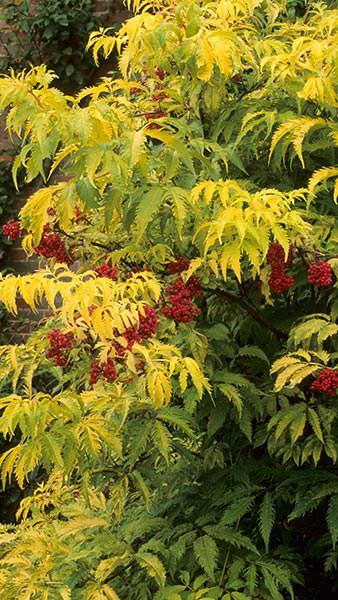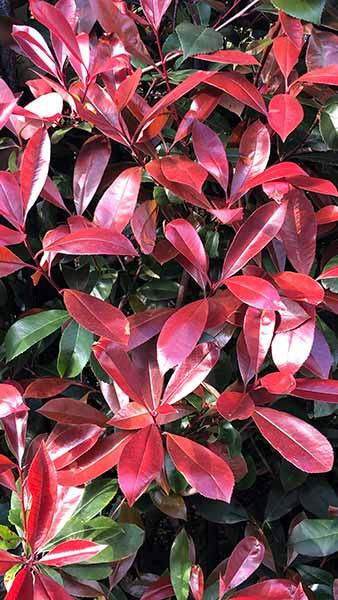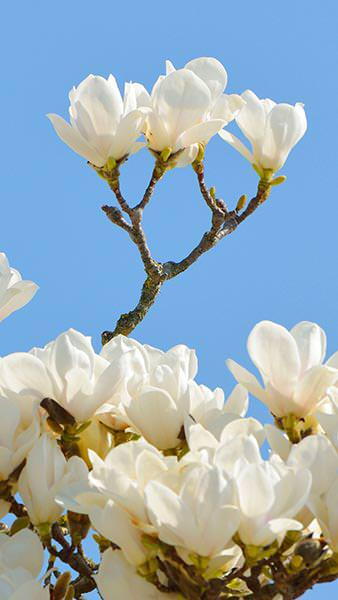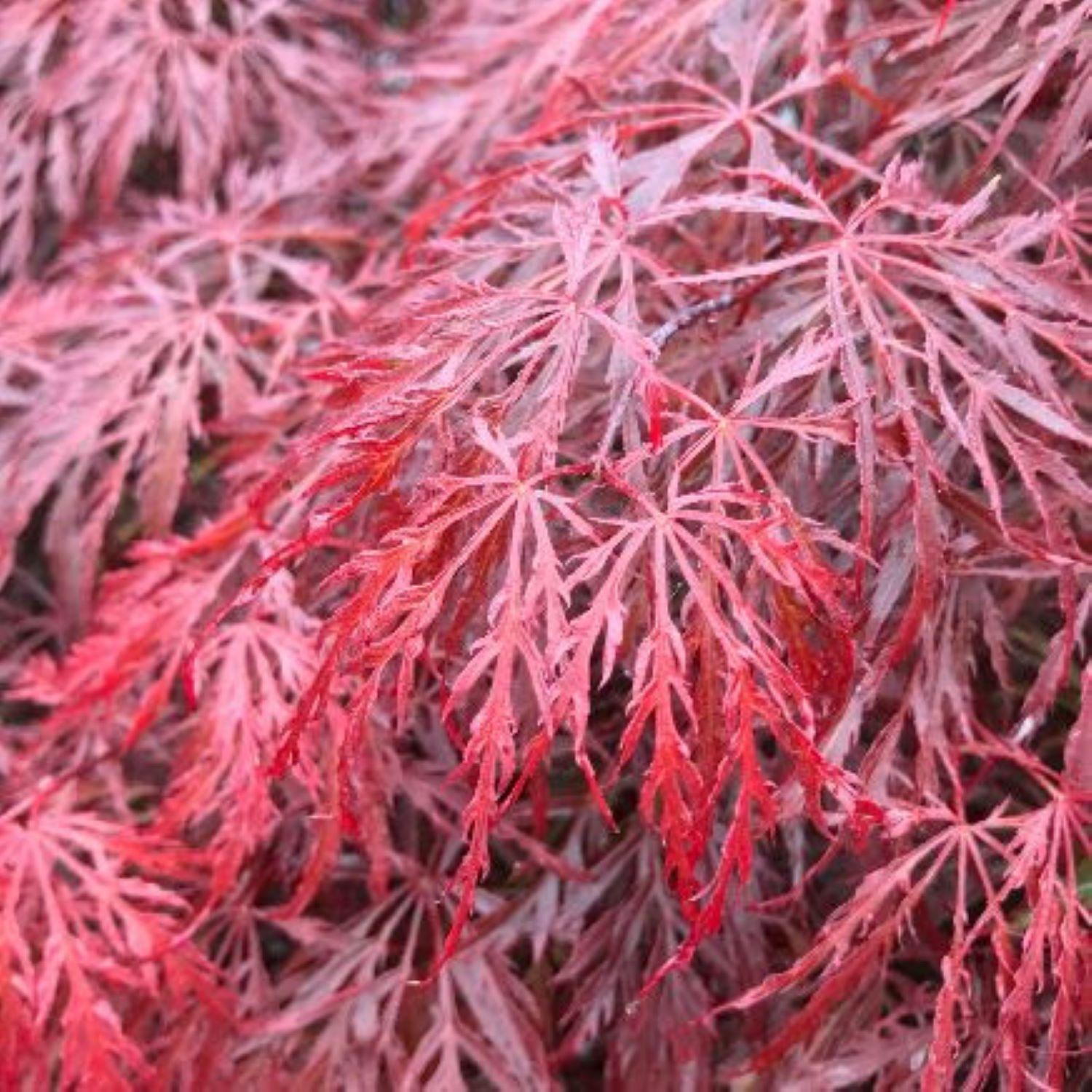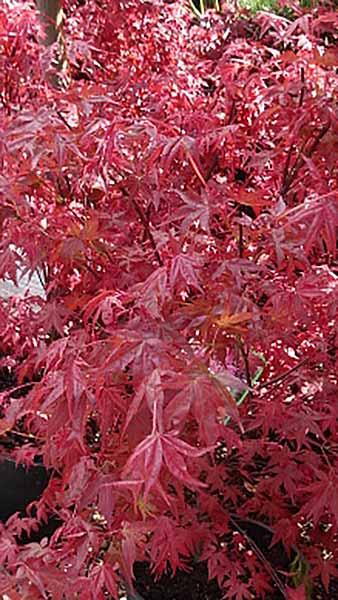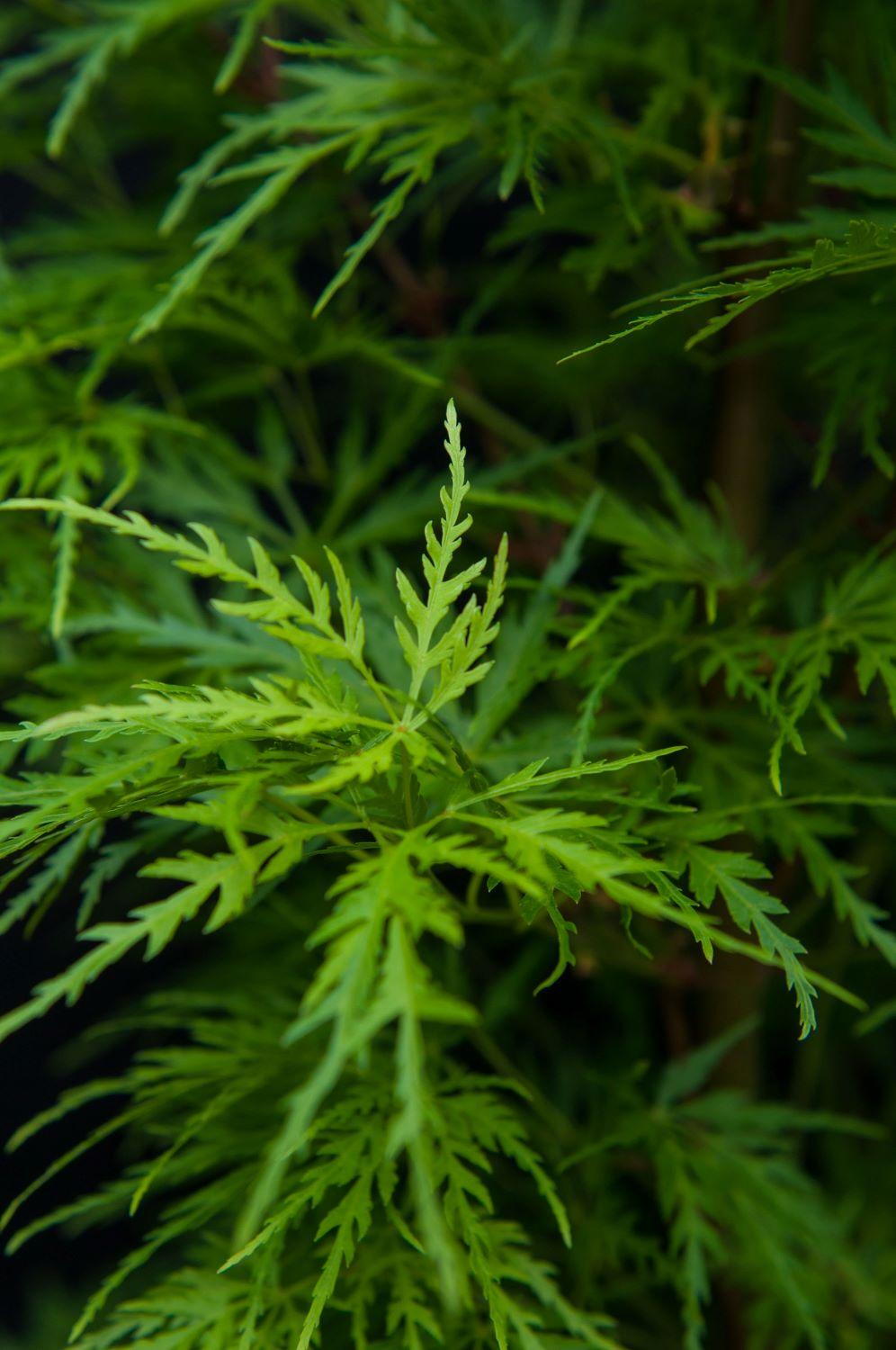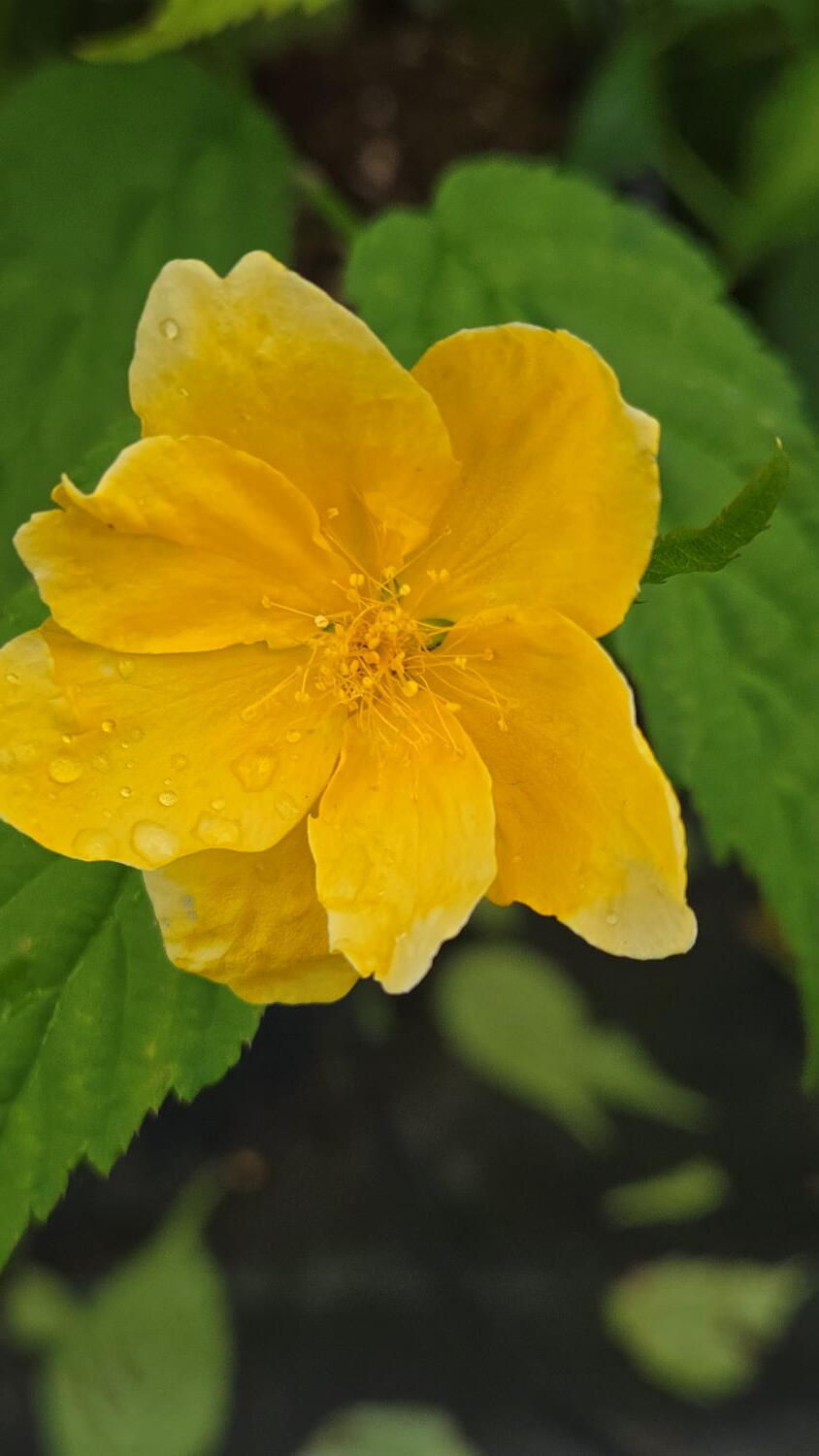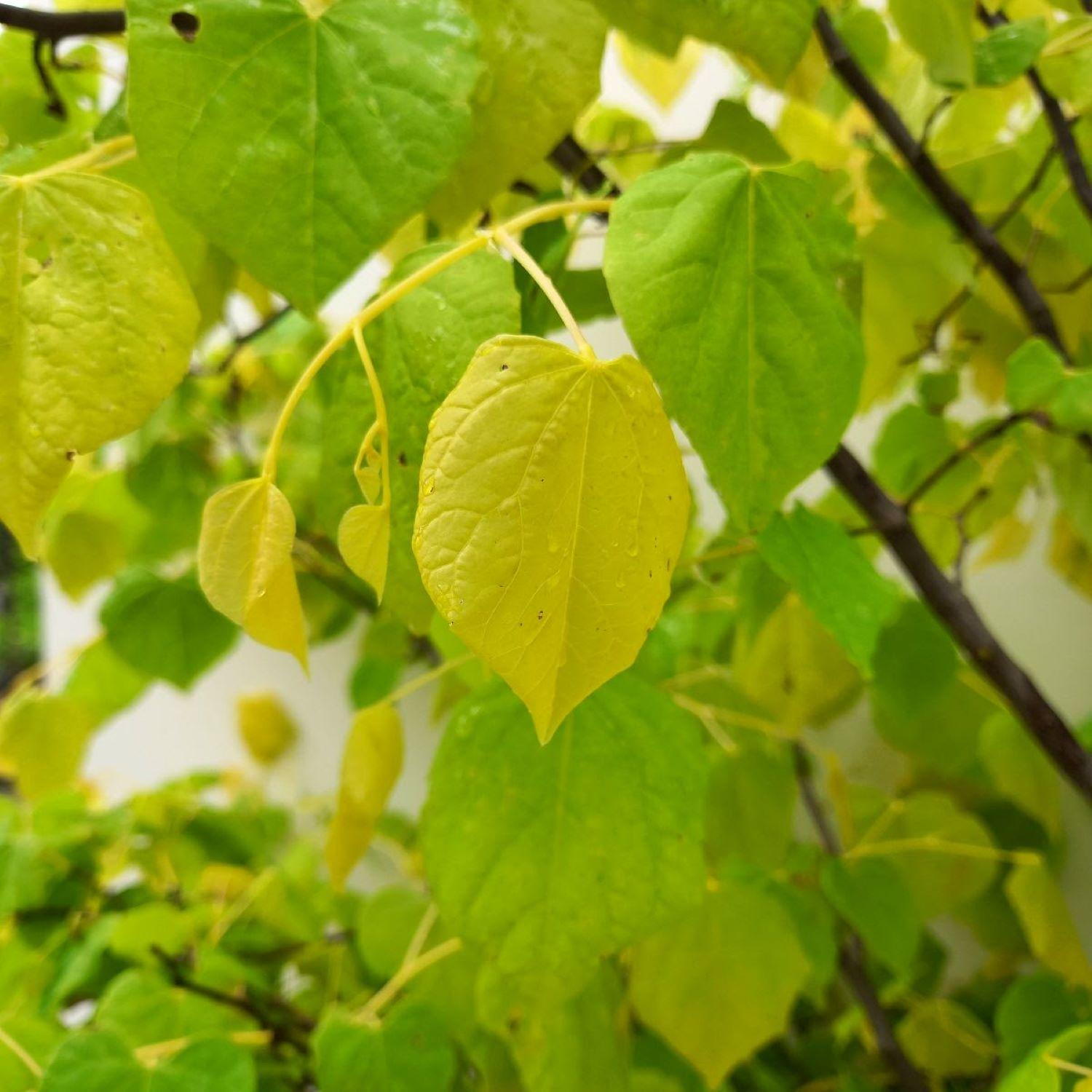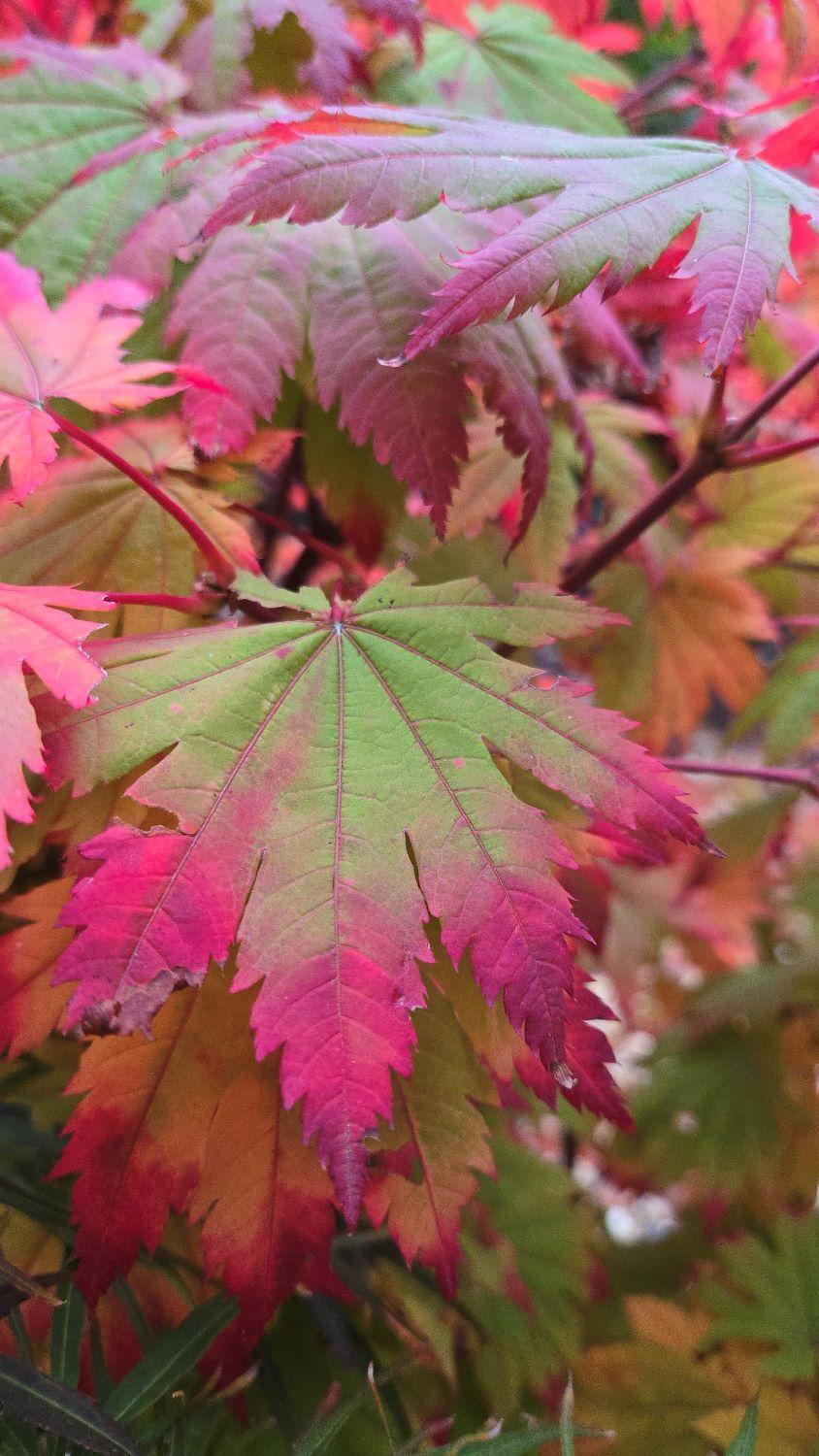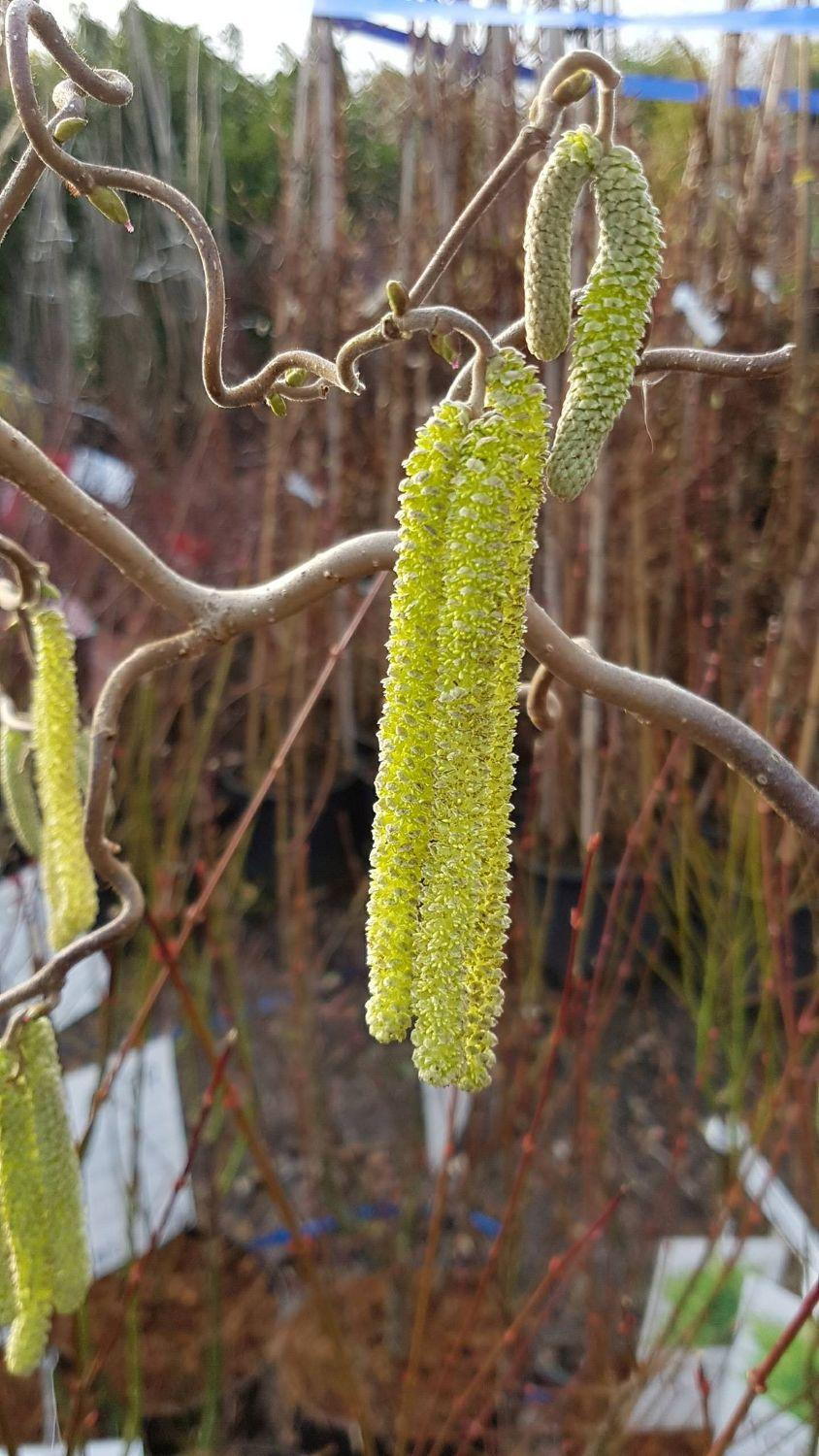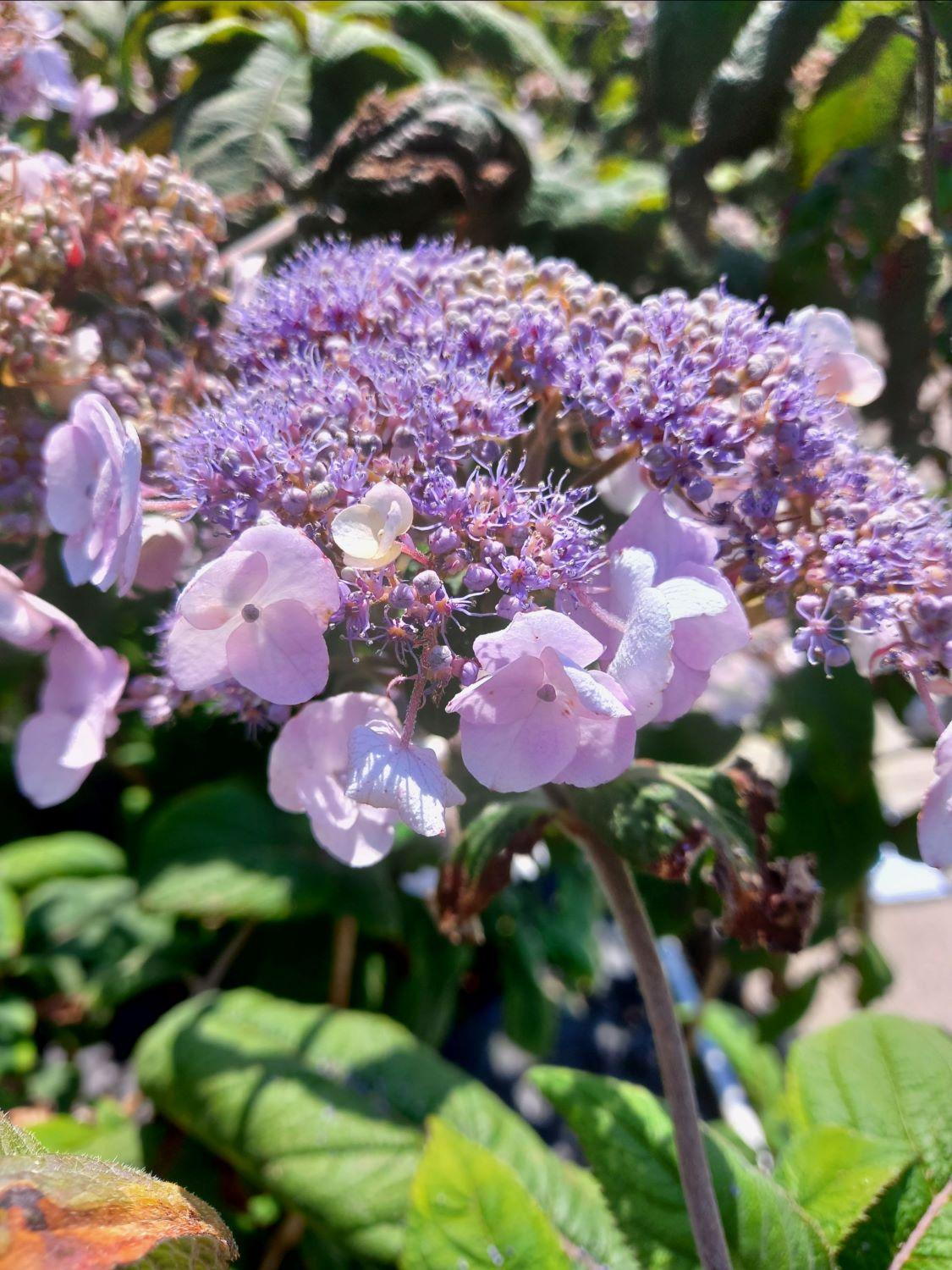Magnolia Butterflies. Yellow Magnolias Buy Online UK
Magnolia Butterflies is a cross between Magnolia Acuminata and Magnolia Denudata to create a true yellow flowering Magnolia. This beautiful specimen usually forms as a small tree. With striking, primrose yellow blossoms and a compact, pyramidal form, this ornamental tree is an excellent candidate for a specimen tree.Same as its close relatives from the Magnolia family, the Butterfly variety is grown for its gorgeous, fragranced blossoms. It has yellow, loosely star-shaped scented flowers that appear in March to April, well before the leaves emerge, giving a fabulous display. The upright, non-fading blossoms of Magnolia Butterflies have a pleasant, citrus scent, and look particularly elegant and graceful against bare branches. After the abundant flowering season ends, elliptic, dark green leaves unfold, providing interest through to autumn.Although Butterfly Magnolia appears delicate, this elegant deciduous tree is actually quite robust. It can survive temperatures as low as -20 degrees, and it’s fully hardy in Britain and Ireland. However, this cultivar appreciates a sheltered position, as late frosts or strong winds might damage the flower buds. Growing Tip: Magnolia Butterflies prefers a well drained acidic soil, can grow up to 4-5m tall and 4-5m wide. Adaptable to clay and sandy soils, as long as the soil is not overly wet. It will thrive in full sun or partial shade and is full hardy.Even though it can be grown as a multi-stemmed shrub, Butterfly Magnolia is at its best when cultivated as an ornamental tree, with a single trunk and a pyramidal crown. To ensure that this ornamental tree is in great shape, prune regularly in mid-summer to early autumn, to avoid bleeding of the sap. To restrain the size of this cultivar, thin out the shoots every few years, and routinely remove watershoots and dead or damaged stems. As it’s virtually impossible to remain indifferent to Magnolia Butterflies in full bloom, this striking tree is often a choice for a statement or a focal plant. The canary yellow, goblet-shaped flowers that envelop the bare branches of this cultivar brighten up the garden, especially if planted in a partially shaded corner. Combine Butterfly Magnolia with other acid-loving plants, such as azaleas and rhododendrons. Or, for a particularly dramatic effect, pink flowering varieties of Magnolia such as Magnolia Soulangeana Satisfaction.
